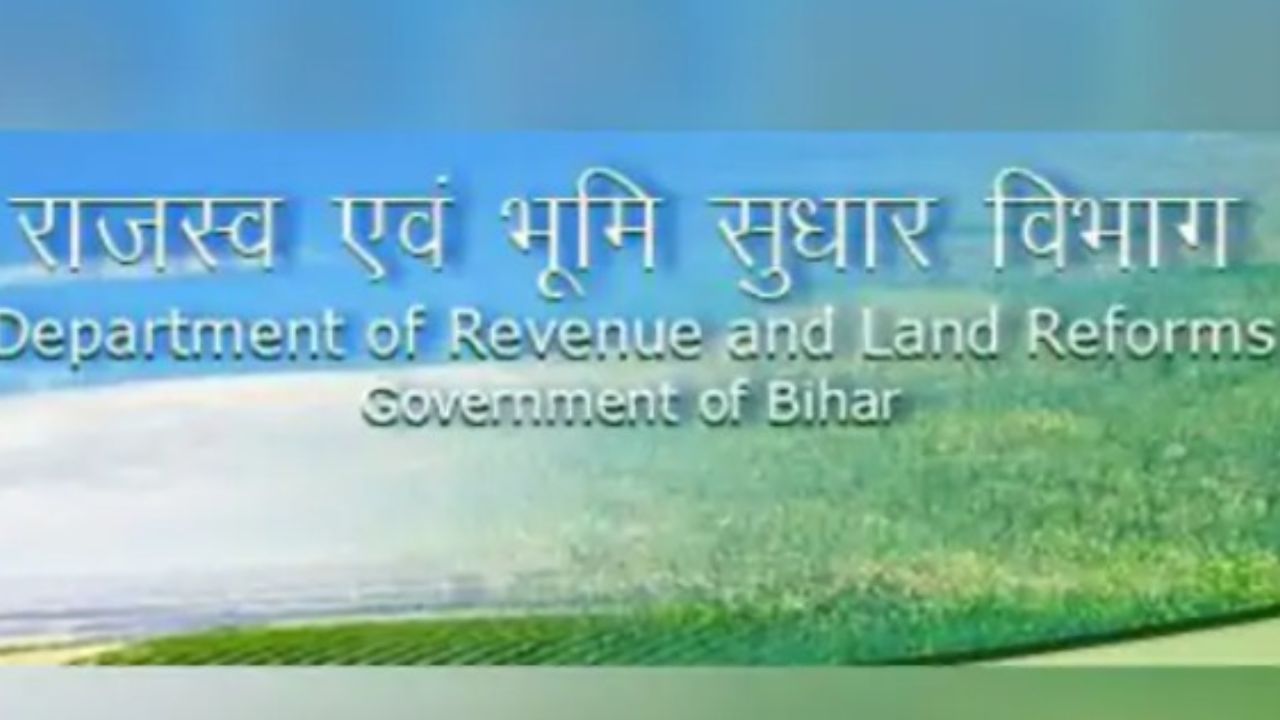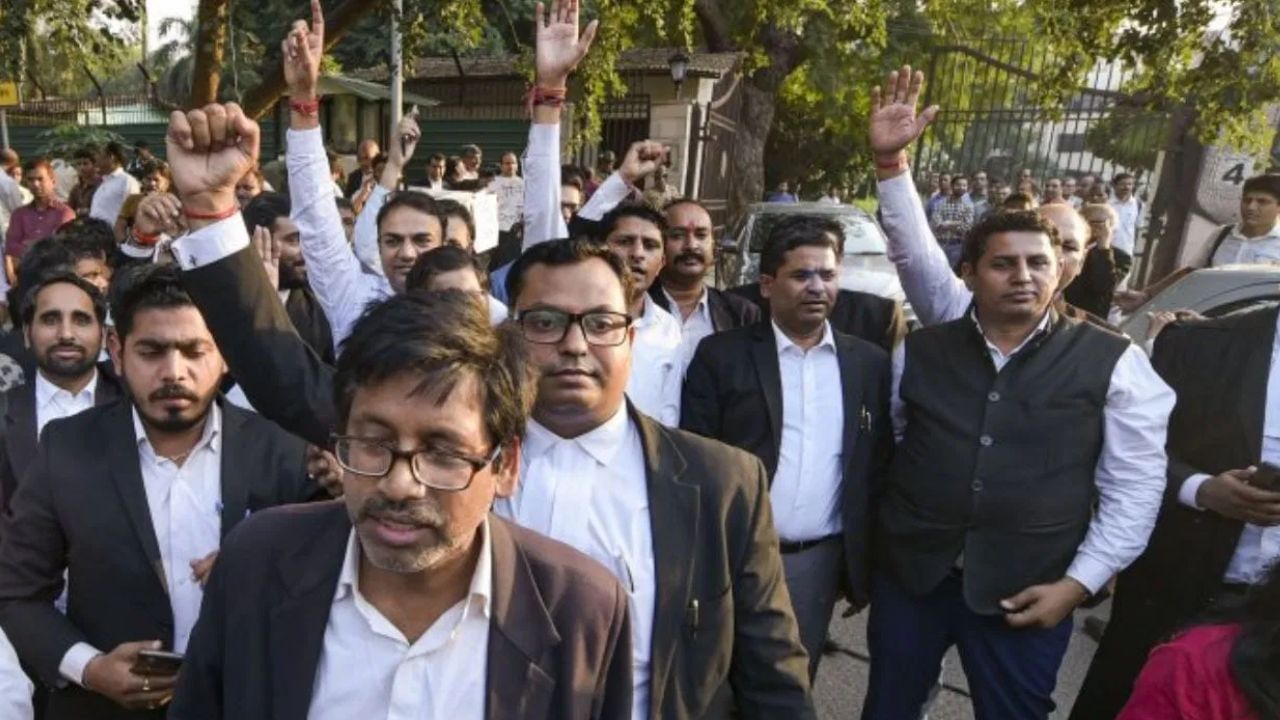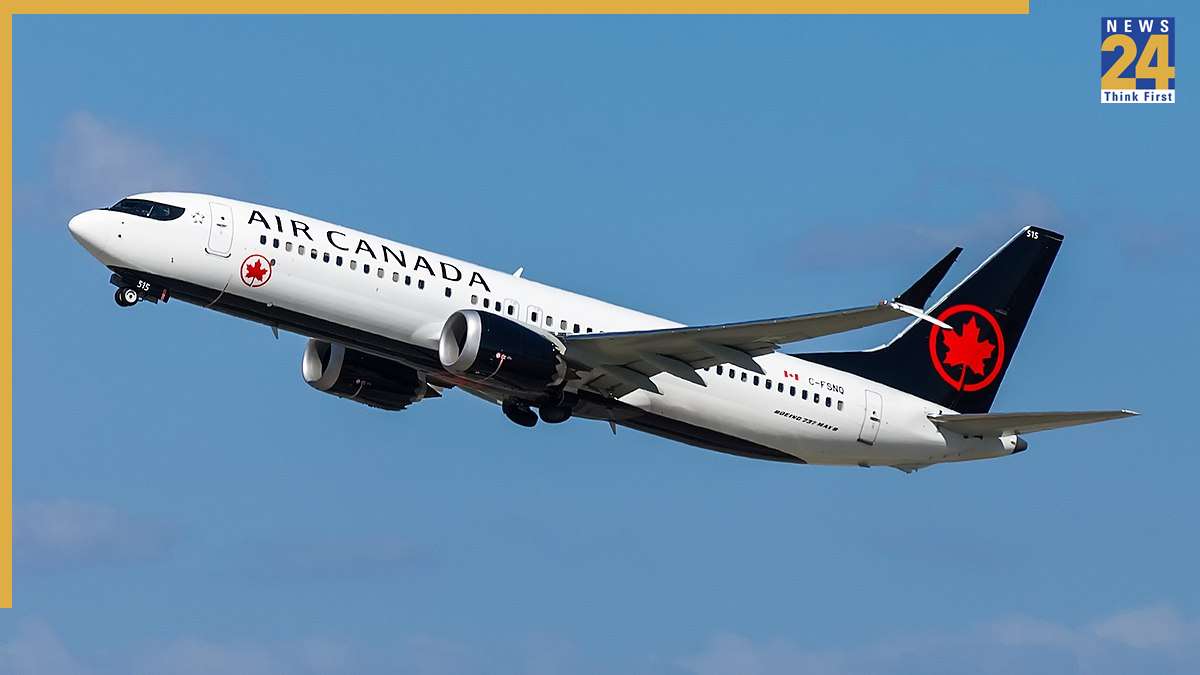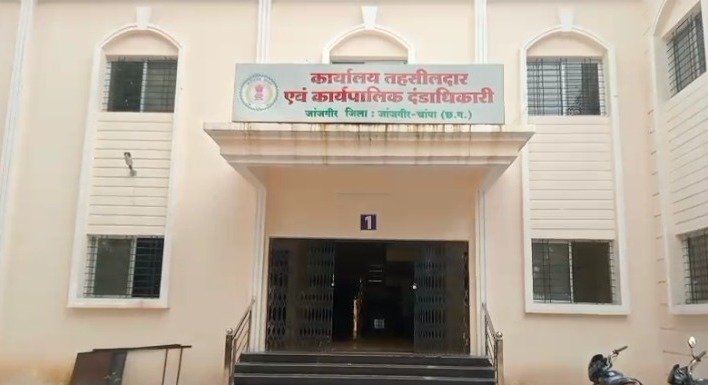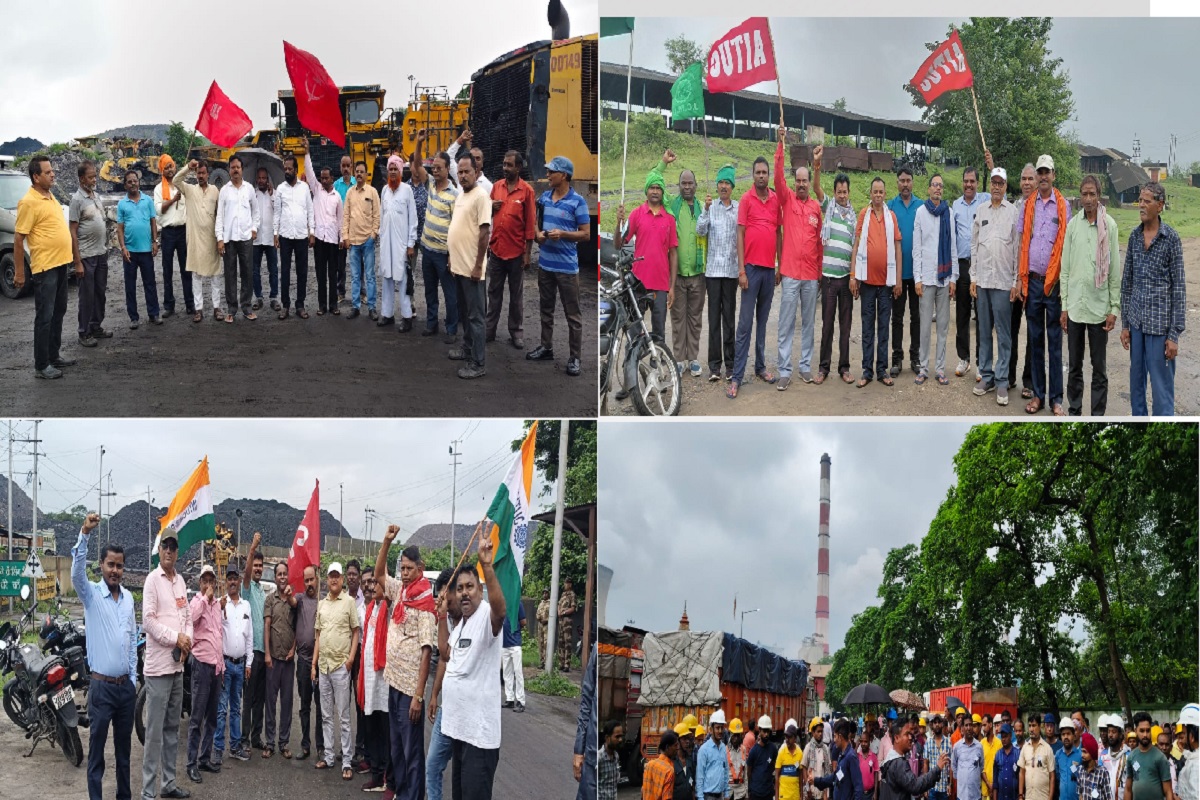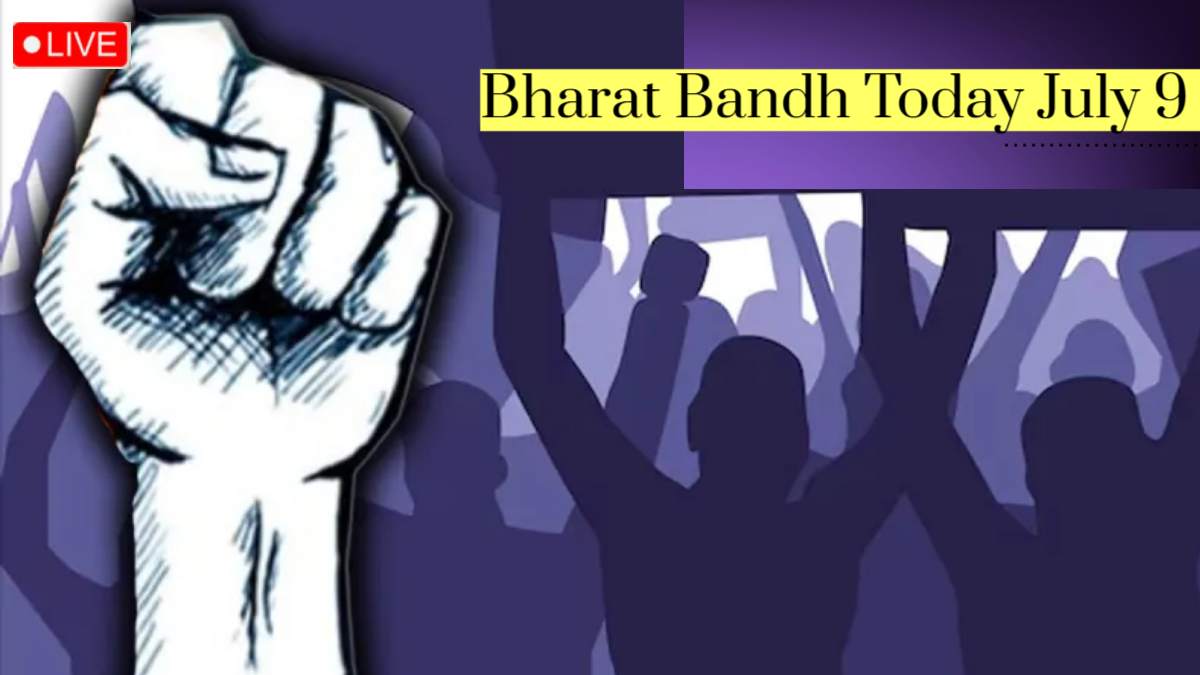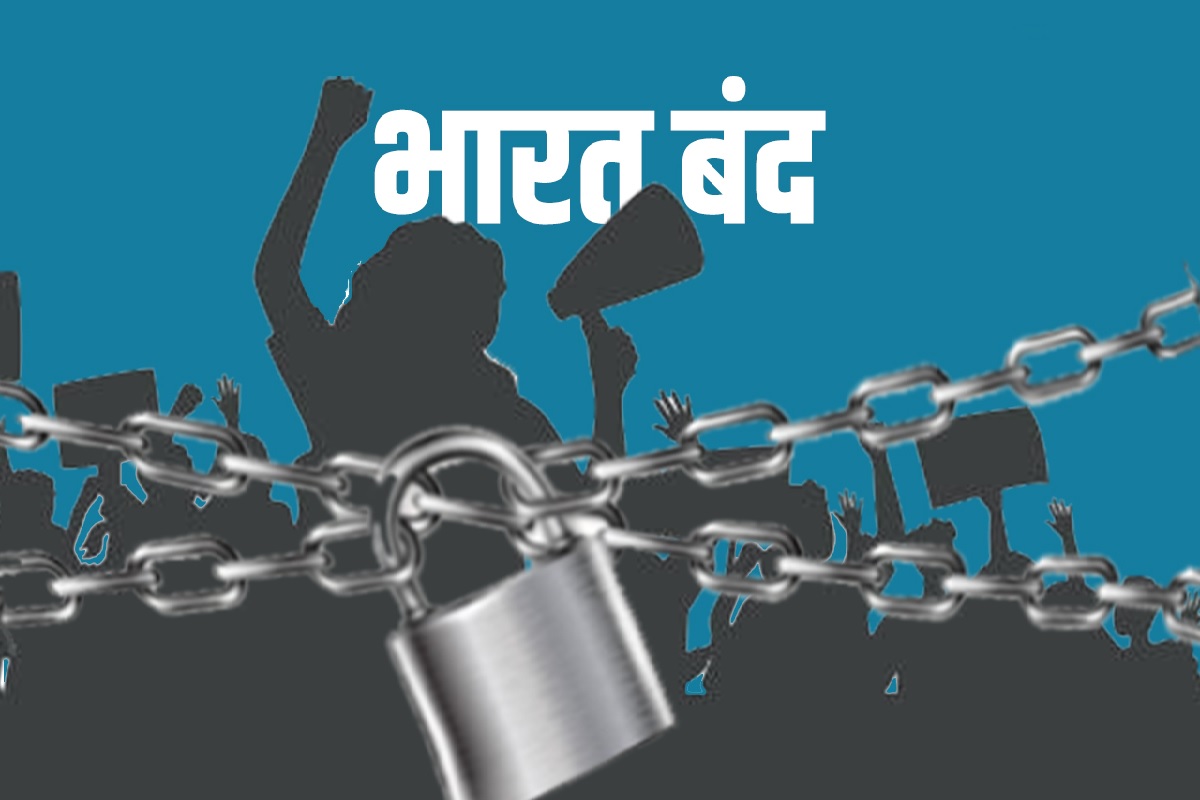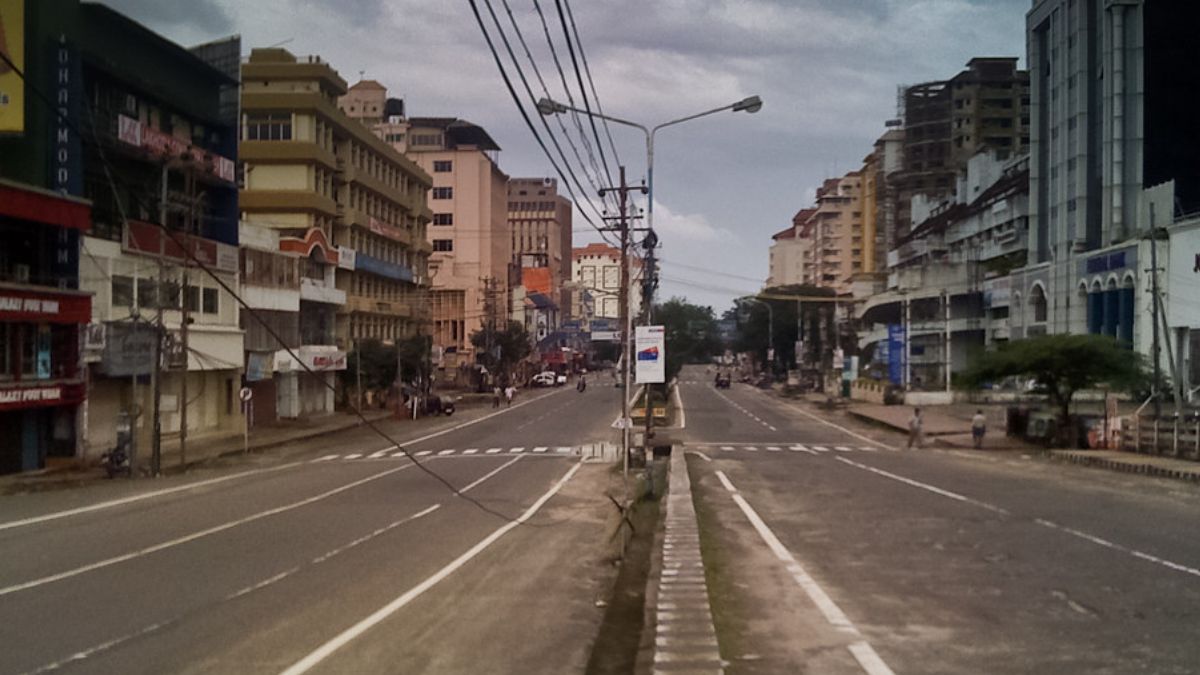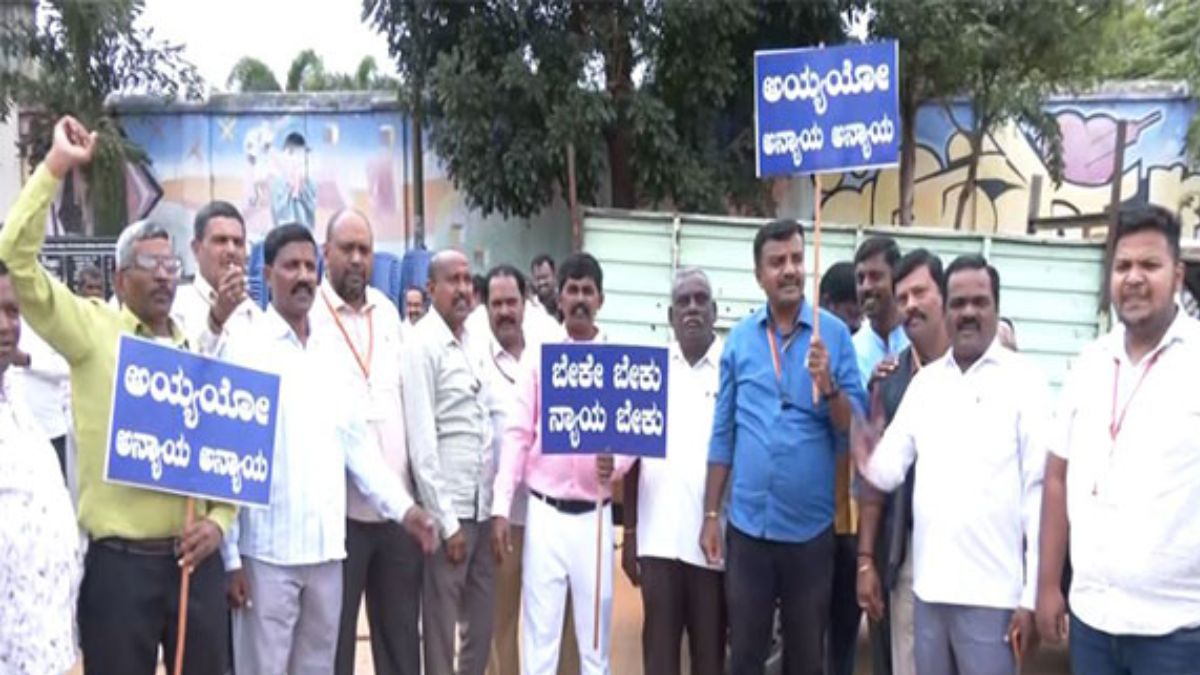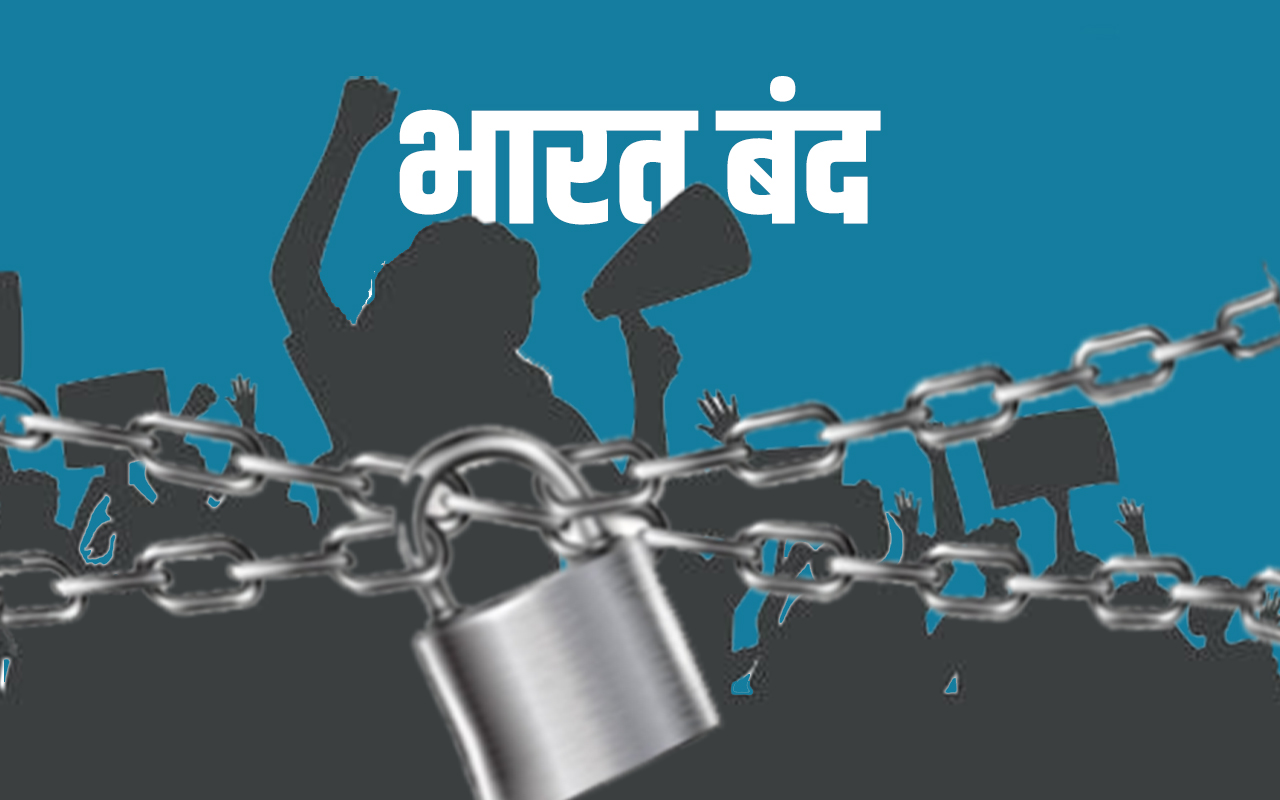Subscribe to Updates
Get the latest creative news from FooBar about art, design and business.
Browsing: strike
Naib Tehsildars across Chhattisgarh have begun an indefinite strike today, focusing on their 17-point charter of demands. Prior to the strike, over…
Tehsildars and Naib Tehsildars Go on Three-Day Strike, Demanding Action on 17-Point Agenda
A three-day strike by Tehsildars and Naib Tehsildars has commenced across the region. The strike, organized under the banner of the Junior…
A one-day strike called by a united front in Bokaro, concerning changes in labor laws and other central government policies, saw a…
The Bharat Bandh, a nationwide strike called by various labor unions, has significantly impacted several areas in Jharkhand, particularly the coal mining…
A nationwide shutdown took place on July 9th, driven by protests against the central government’s policies, which the unions deemed ‘anti-worker, anti-farmer,…
A nationwide strike, the Bharat Bandh, is set to impact Jharkhand, with an estimated 25 crore workers participating. The strike is organized…
A nationwide general strike, initiated by over 25 crore workers, is planned for Wednesday, July 9. This Bharat Bandh, organized by a…
Bengaluru: Municipal employees from various corporations across Karnataka initiated a symbolic strike on Tuesday, protesting against the state government. The demonstration, which…
A Bharat Bandh has been called for July 9th. Approximately 250 million employees from various sectors are expected to participate in the…
Dr. Rudresh Kuttikar, the Chief Medical Officer (CMO) of Goa Medical College and Hospital, has rejected the apology offered by Goa’s Health…
Following a confrontation, doctors at Goa Medical College and Hospital (GMC) are threatening to strike if Health Minister Vishwajit Rane does not…


